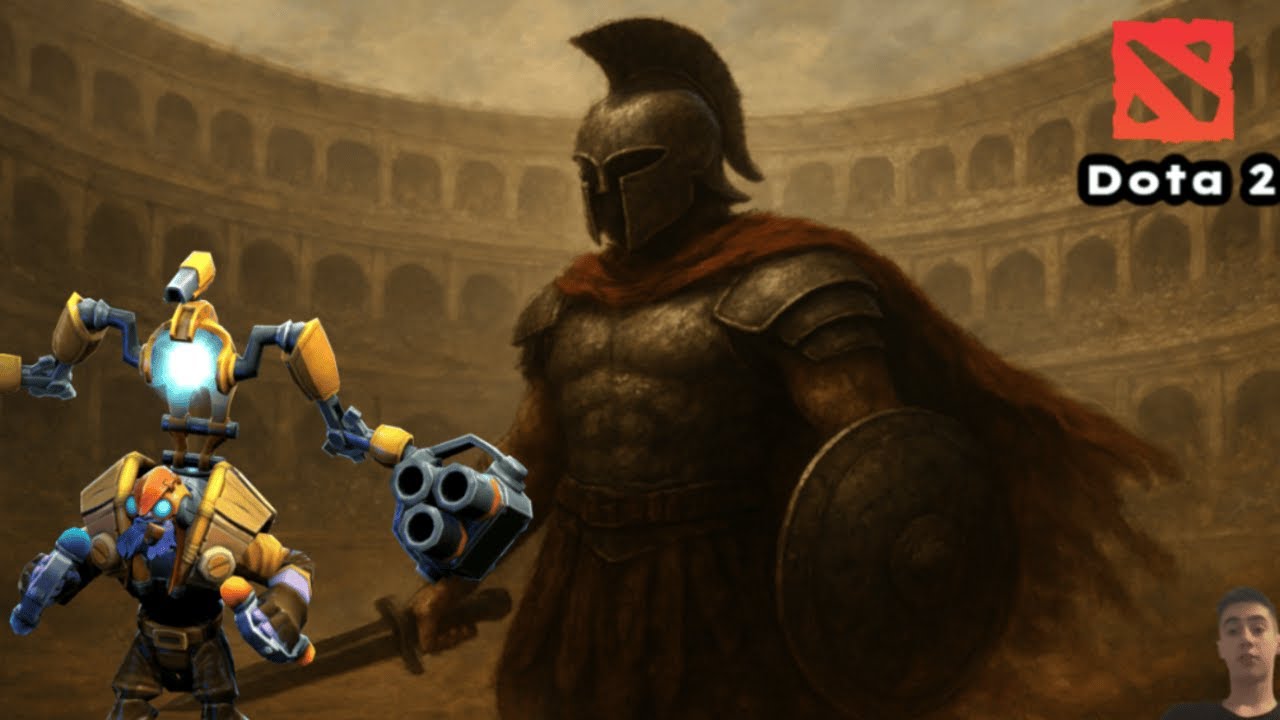The world of Dota 2 was recently shaken by an unexpected announcement: Gaimin Gladiators, a team synonymous with top-tier performance, declared its withdrawal from the coveted The International 2025 (likely referring to TI14 in 2024). This decision, officially attributed to “disagreements with players,” immediately sparked a flurry of speculation, sending ripples through the global esports community. What truly transpired behind closed doors?
The Official Stance Versus Player Sentiment
On August 22nd, Gaimin Gladiators issued a statement confirming their exit from the grandest stage of Dota 2. The reason provided was succinct yet vague: “disagreements with players.” However, this official narrative was soon complicated by the team`s own mid-laner, Quinn “Quinn” Callahan. He indicated that the roster was, in fact, ready and willing to represent the organization under the Gladiators tag at TI. This divergence in narratives immediately raised eyebrows, suggesting a deeper, unresolved conflict.
Enter the Analyst: Maelstorm`s Theories Emerge
As is often the case in such high-profile esports disputes, the analytical community swiftly weighed in. Vladimir “Maelstorm” Kuzminov, a respected Dota 2 analyst and caster, offered his seasoned perspective, providing what he believes to be the most plausible explanations for the dramatic turn of events. His insights, shared via Telegram, aimed to cut through the mounting rumors and provide a more grounded understanding.
Debunking the Coach Conundrum
One prevalent theory that quickly circulated was that the heart of the disagreement stemmed from the organization`s decision to part ways with the team`s coach. It`s a storyline that resonates in competitive sports – players fiercely defending their coaching staff. However, Maelstorm swiftly dismissed this particular line of reasoning.
“There`s a theory that something was wrong with GG due to the coach, that they didn`t share something. Well, I have information that it wasn`t really about the coach. Or rather, anything could have happened, BUT they even tested a very specific person for the coach`s spot. So the version about players standing up for the coach doesn`t hold up. And who really believed it anyway?”
This revelation significantly alters the landscape of speculation. If the team was already trialing a replacement, the coach`s situation, while potentially a contributing factor, was unlikely to be the sole, insurmountable obstacle that led to such a drastic withdrawal.
The Prime Suspects: Prize Money or Contracts
Having debunked the coach theory, Maelstorm pivoted to what he considers the two most likely culprits in this high-stakes drama. According to his analysis, the core of the conflict almost certainly lies within either prize money disputes or player contract disagreements. These are, arguably, the two most common and potent sources of friction between professional esports players and their organizations, especially when substantial sums and career trajectories are on the line.
“For now, option #1 is prize money, option #2 is contracts. Although, now, of course, it`s impossible to figure out what`s what, until, someday, they tell us everything (never).”
Maelstorm`s candid “never” adds a touch of cynical realism – a familiar sentiment in a world where legal sensitivities often shroud the true details of such corporate-player disputes. The financial stakes at The International are monumental, with millions of dollars on the line. Disagreements over how this pie is sliced, or the terms under which players commit their futures to an organization, can quickly escalate into irreconcilable differences.
The Unseen Battle: Why Details Remain Elusive
The lack of concrete information beyond the “disagreements” highlights the often-opaque nature of professional esports. When legal aspects are involved, both organizations and players are typically bound by non-disclosure agreements, preventing them from revealing the specifics of their disputes. This leaves fans and analysts alike to piece together the puzzle with limited information, relying heavily on informed speculation from sources like Maelstorm.
Implications for Gaimin Gladiators and the Esports Landscape
Gaimin Gladiators` withdrawal from The International is not merely a hiccup; it`s a significant event that will undoubtedly have lasting repercussions. For the organization, it means missing out on the pinnacle event of the Dota 2 calendar and potentially impacting its brand reputation. For the players, it represents a lost opportunity to compete for the Aegis of Champions and a substantial prize pool, potentially derailing individual career trajectories. This incident serves as a stark reminder of the often-turbulent relationship dynamics within professional esports, where passion, performance, and staggering finances converge, sometimes with explosive results.
As the Dota 2 community continues to digest this news, the specific truths behind Gaimin Gladiators` withdrawal from The International remain shrouded in a tantalizing veil of secrecy. While Maelstorm`s theories provide a compelling framework, the full, unvarnished story may, as he half-jokingly suggests, remain one of esports` most enduring mysteries.

